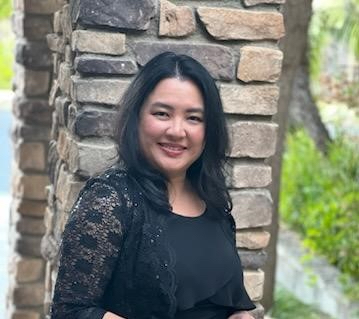“Presumed Innocent” DPs Daniel Voldheim & Doug Emmett on Capturing Jake Gyllenhaal’s Raw Emotions & Moral Ambiguity
An intoxicating amalgam of courtroom thriller, relationship drama, and a whodunit, David E. Kelley’s latest entry into long-form prestige drama arrives with Apple TV+’s Presumed Innocent, a cerebral puzzle steeped in betrayal, obsession, love, and ambition. Fresh off his quietly menacing turn in Amazon MGM’s wildly entertaining Road House remake, Jake Gyllenhaal (who also serves as Executive Producer) plays Rusty Sabich, Chicago’s chief deputy prosecutor and devoted family man, whose idyllic life is upended when he is accused of killing fellow prosecutor and paramour, Carolyn (Renate Reinsve) after her bloodied body is found hog-tied in her home. Set in present-day Chicago, the eight-part limited series is Hollywood’s latest attempt to claw back at the bygone era of appointment television, with new episodes released every Wednesday until the finale on July 24.
While Norwegian cinematographer Daniel Voldheim (Sonja: The White Swan) worked with director Anne Sewitsky on episodes 1, 2, and 8, cinematographer Doug Emmett (I Care A Lot) lensed the rest with director Greg Yaitanes. The visual palette has an anachronistic, retro vibe, combining a contemporary classic look with the muted and industrial tones of the 1970s to imbue the Sabich family’s ordeal with a grounded closeness and intuitive naturalistic feel.
“I’ve always been influenced by European and Hollywood films of the 1960s and 1970s. Anne and I especially love the thrillers from the ‘70s,” says Voldheim, a frequent collaborator of Sewitsky’s. “We wanted to balance a naturalistic, moody feel but also be playful while maintaining suspense. Maybe it’s a Scandinavian approach—we created something that feels real to us, a real home, a real family in every sense,” he adds. By the time Emmett came in for the third episode, it was up to him to balance the visual language already established with Yaitanes’ more stylized approach. “I tend to shoot a bit more theatrically and light more aggressively, but I also had Daniel’s lookbook seared into my brain. I think serving those two masters made for really great art.”
Not only does the opening frame immediately establish Rusty as a polished, confident, and savvy prosecutor, but it also sets up the central conceit, as he tells the jury in his closing argument in an earlier trial: “… he [the defendant] sits there not guilty, because that is what our Constitution demands. I will present evidence to show you that the accused committed this crime. Now, should you find that to be very likely, you have to set him free. My job is to prove guilt beyond a reasonable doubt.”
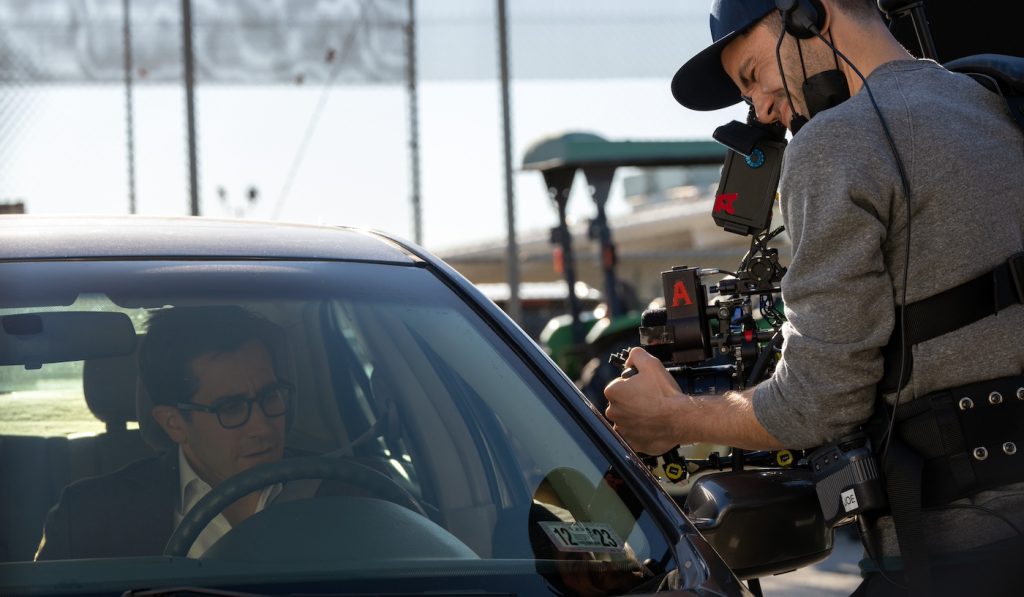
“It was important to show Rusty’s brilliance as a lawyer from the beginning,” Voldheim says. “That was a very long take, a Trinity shot – a Steadicam on a rig that raises the camera up and down.”
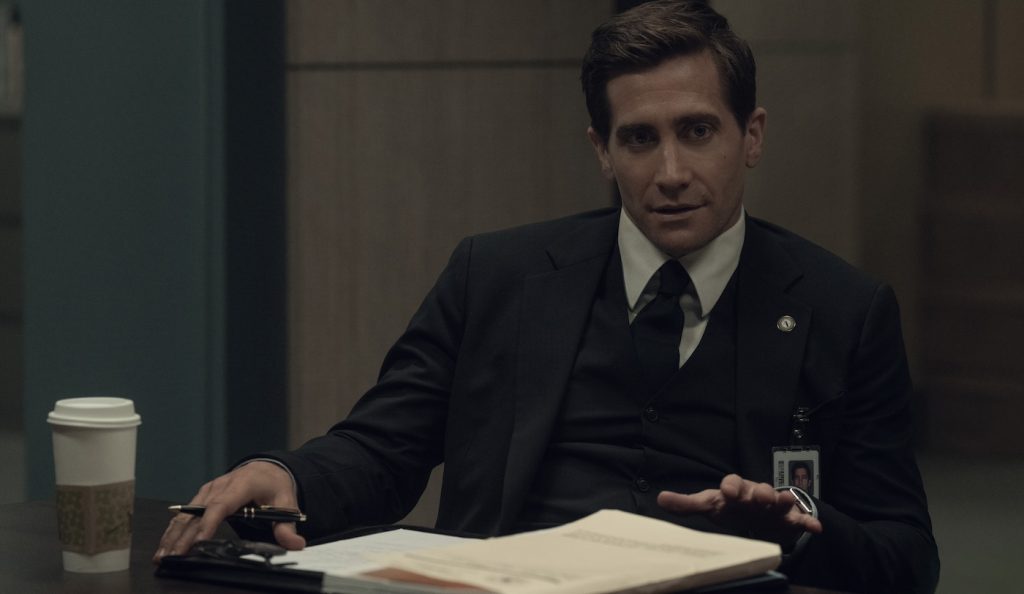
To complicate matters, Rusty’s boss, close friend, and District Attorney, Raymond Horgan (Bill Camp), soon loses his job to the oleaginous rival prosecutor, Nico Della Guardia (O-T Fagbenle), who appoints colleague Tommy Molto (Peter Sarsgaard) to Rusty’s role. Seething with unhinged jealousy, Tommy is hell-bent on pinning the murder on Rusty. To keep the audience guessing at every turn, the series deftly maintains the ambiguity of his culpability throughout, as he wavers from sincere and remorseful one moment to arrogant and hostile the next. “With Rusty, we used a lot of close-ups and moody lighting to heighten the emotions, balancing between revealing him and keeping him hidden. Sometimes we lit him from the front to see every emotion, other times, we kept him darker and more secretive. Anne likes to start with a handheld take and let Jake work through the scene to find the emotions,” Voldheim shares.
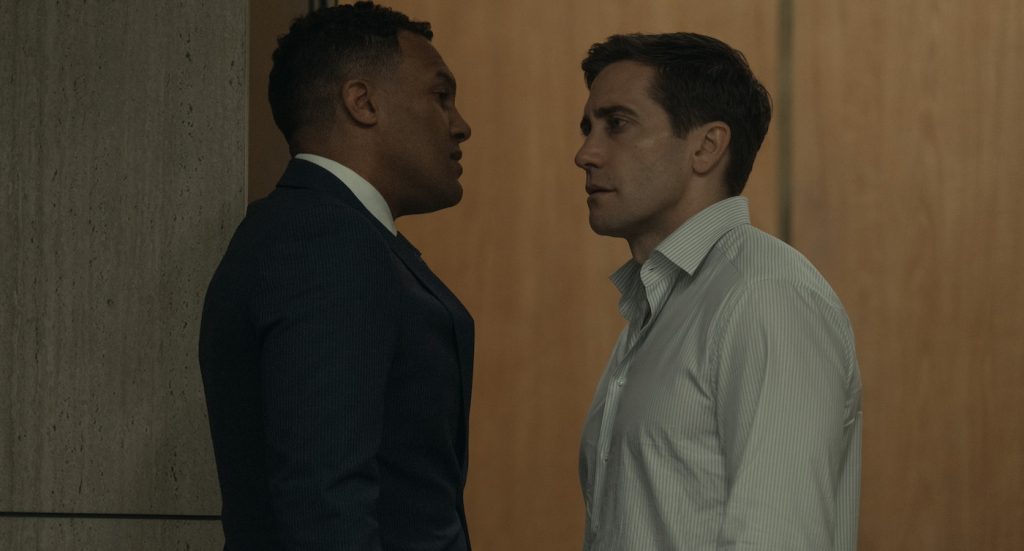
“It depends on how much access you get to an actor’s face and eyes; how you frame them creates suspense or openness, which invites you in. If you’re lighting and filling in someone’s face and approaching them with a camera straight on, you get a more trustworthy, sympathetic feel,” Emmett explains how every sinew of emotion is captured on-screen. “But if you put the camera behind Jake’s shoulder, or focus on the back of his head, or slowly push in on him, that naturally builds tension. You’re wondering, ‘What’s he hiding from us? Is he grimacing? Is he smiling?’ It makes you want to lean around and see what he’s doing in that moment. Access to an actor’s emotion depends on where you put the camera.”
Besides solving Carolyn’s brutal murder, the series is also an intimate, raw, and nuanced dissection of a tattered marriage. Updating Scott Turow’s 1987 bestseller and the 1990 film adaptation for today’s audience, the female characters are complex and three-dimensional, including Rusty’s conflicted wife, art curator Barbara (Ruth Negga). Wrestling with her decision to stay with Rusty after his affair ended, she oscillates between loving and supportive versus rage and bitterness against him for dragging their children through the anguish of a murder trial. “The book needed some updating by today’s standards, and the writers did a great job of humanizing her, making her an equal character in the story,” Emmett remarks. “One of the main things that makes this show so endlessly watchable is this very human, very real relationship between a married couple going through a challenging time.”
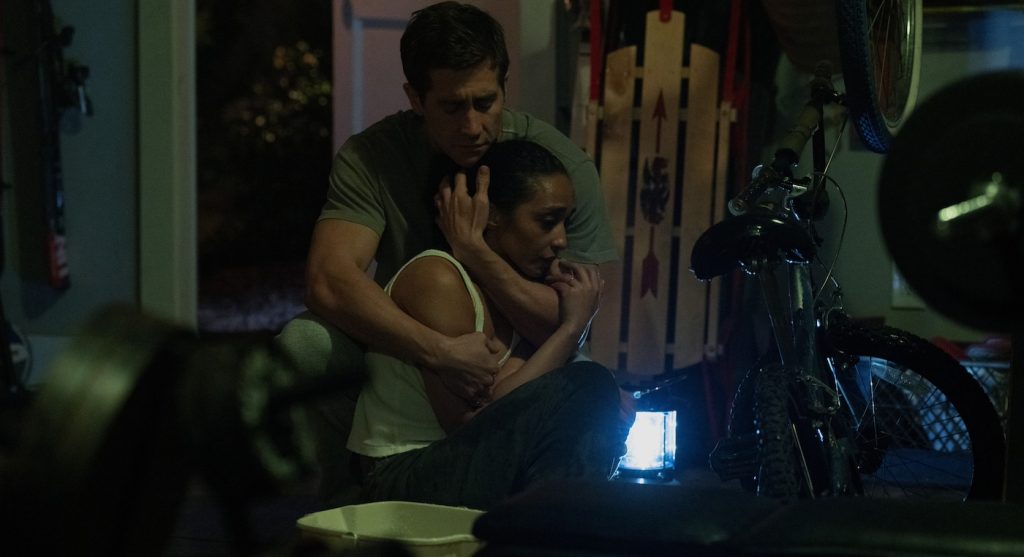
While flashbacks to Rusty and Barbara pre-crisis are done with mesmerizing, nostalgic overtones, we mostly see him and Carolyn in fleeting, passionate, frenzied moments. “We used different lenses for the flashbacks—Panavision portrait lenses, vintage Canon FD, and rehoused Yashica lenses to give it a different feel. They have really soft corners and a swirl effect to get closer to their faces,” reveals Volheim. “We wanted those to be more intimate, so we used wide-angle lenses to be observational and get in between them.”
Emmett did the same but with the rougher, volatile scenes. “We shot some of the violent stuff between Rusty and Carolyn in her apartment, putting the cameras really close to their faces at the minimum depth of field, the shallowest focus we could find, to add a frightening quality to build tension.” At one point, it looks like someone may have been watching her in the days leading up to her death. “Shooting her from around the corner and letting the camera kind of breathe a little, feeling some of the movement from the camera operator, added a lot of tension. We also created tension by catching glimpses of her, almost in a voyeuristic way, from within her apartment, as if an intruder was inside.”
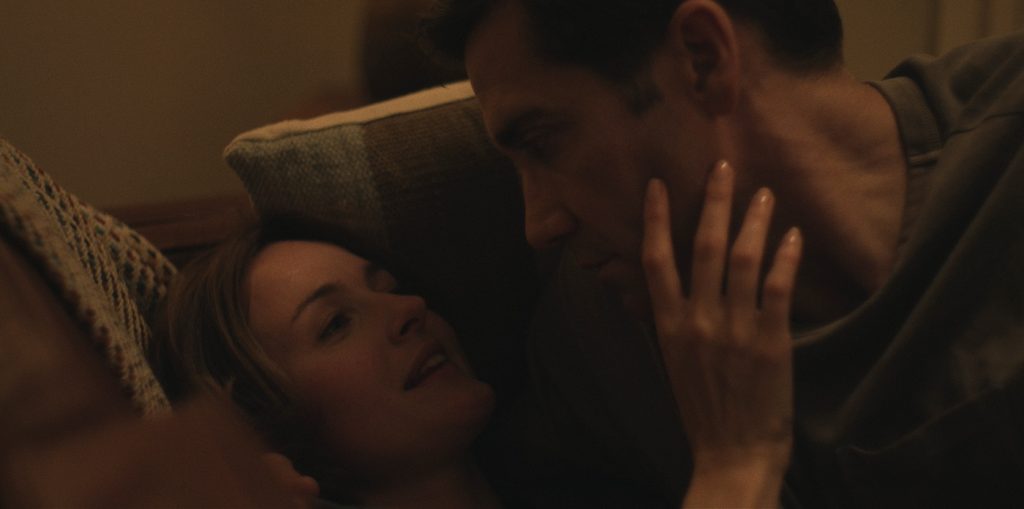
One of the most heartbreaking moments happens at the Sabich’s dinner table when Rusty has to tell his daughter Jaden (newcomer Chase Infiniti) and son Kyle (Kingston Rumi Southwick) about the affair and his likely arrest. “We don’t usually do that much coverage, but for that scene, we covered every angle just to find every look on everyone, especially from Rusty’s point of view, so that he could read everyone’s reactions,” says Voldheim. Later that night, Jaden confronts her father, desperate to know why he would betray Barbara this way if he still loves her. That’s when Rusty breaks down in one of the many emotionally lacerating moments. “It was shot handheld, and I don’t think we rehearsed it before the first take. That’s how we often work; just start shooting on the first take to explore and nail the real emotions.”
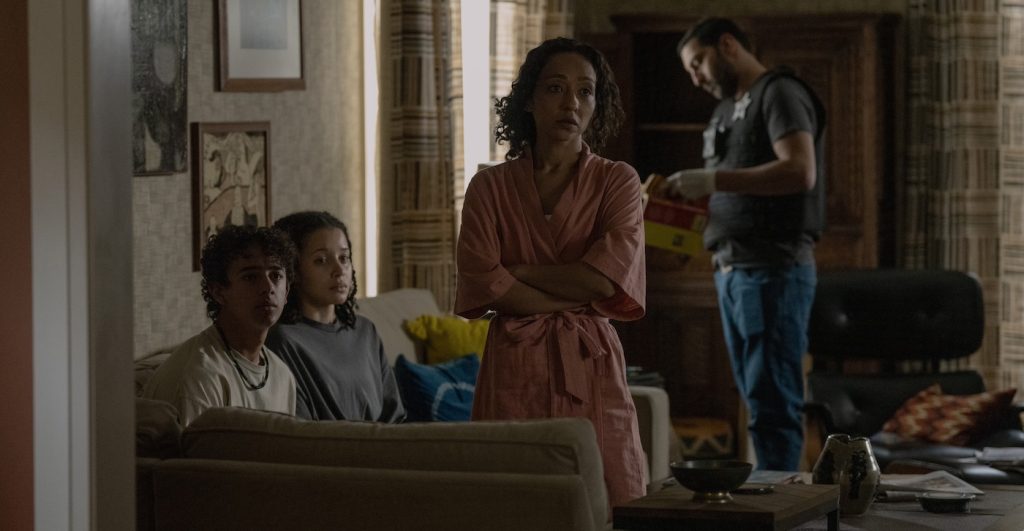
To ensure maximum accuracy in depicting police procedures, homicide investigations, autopsies, and courtroom procedures, technical advisors were brought in, including veterans from the Chicago Police Department and Los Angeles attorney David Kanuth, who advised on all the courtroom details. “Almost every day we were shooting in the courtroom, a question would come up for him,” Emmett recalls, with the majority of those scenes falling within his episodes. They took weeks to shoot after Voldheim worked with production designer John Paino and the gaffer “to build a rig and ceiling pieces that could be dimmed and the color changed individually,” which gave them the flexibility to create different moods within an otherwise mundane environment, Emmett reveals.
“Greg and I discussed a lot about the time of day—I had to create as many varied looks in the courtroom as possible by exploring different times of the day, to still give it that naturalistic look,” Emmett elaborates. Since everyone is mostly seated and static in the courtroom, the challenge was “to create dynamic camera work and keep it fresh and interesting with new angles, new lenses, and a new approach to lighting. I just remember Greg—who had just come off shooting House of the Dragon, commenting on how beautiful the set was when he first walked into the courtroom set. To hear his excitement, I just knew we had something great.”
Presumed Innocent is streaming now on Apple TV+, with new episodes dropping every Wednesday.
For more stories on Apple TV+ series and films, check these out:
Callum Turner on Accents, B-17s, and Crew Glue in “Masters of the Air”
“Silo” Creator Graham Yost Unseals the Secrets of Season 1
How the Latest VFX Techniques Immersed the “Masters of the Air” Actors in Battle
Featured image: Jake Gyllenhaal in “Presumed Innocent,” now streaming on Apple TV+.


